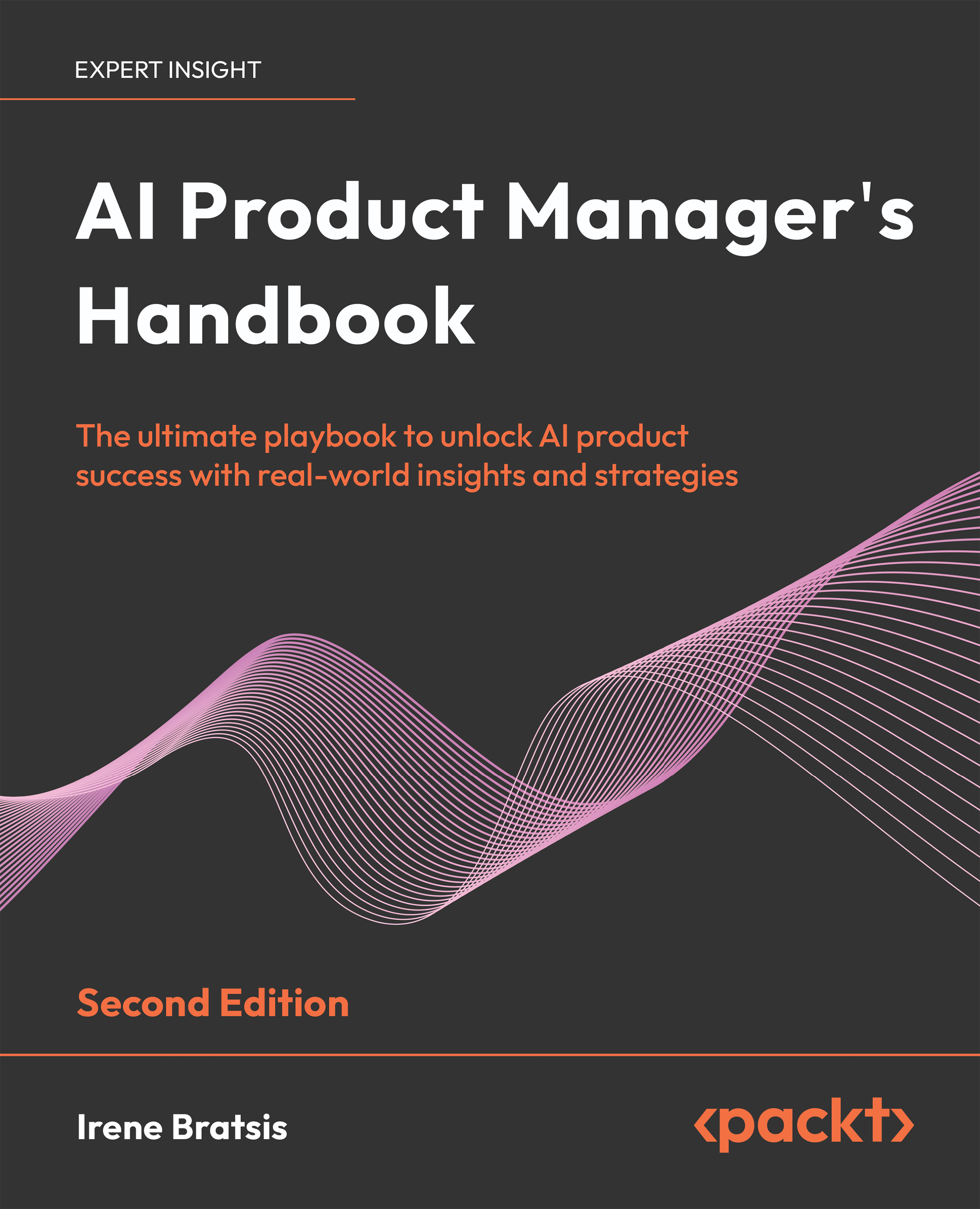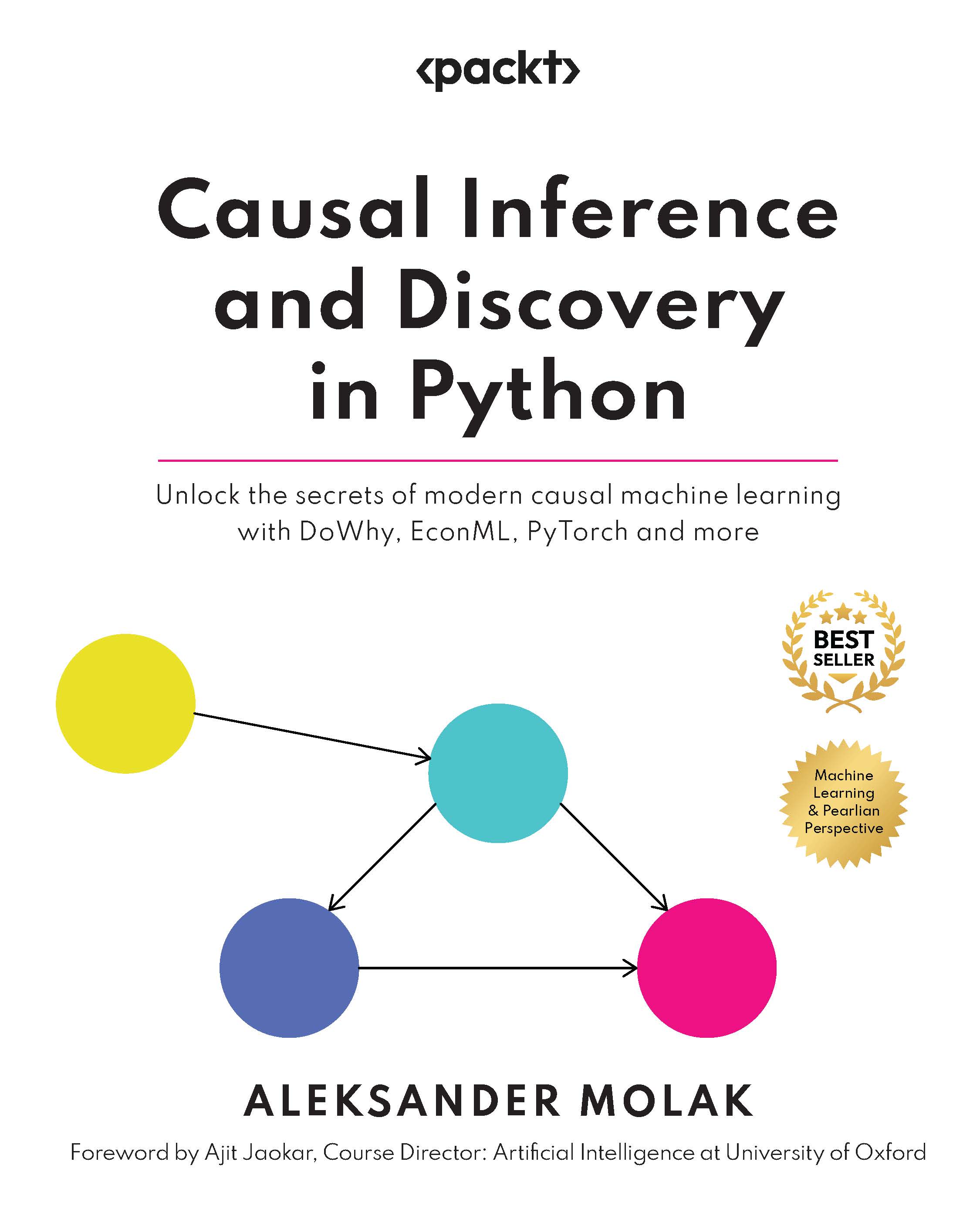The contract in simplified terms
Let's look at a simplified example. Meet Joe and David. Imagine a caveman named Joe asking his buddy David to make him a wheel; the first question from David was "What is a wheel?"
But after all the explanation of how the wheel will revolutionize the world like nothing they have ever seen, they agreed upon the items in the list above. Perhaps the payment was to provide firewood to his family for a year.
The concept of contracts has been around since the beginning of time. Of course at the time of Joe and David there weren't all the sophisticated tools available to manage and track these contracts like there are today. If David did not perform the task of making the wheel on time, was there an understanding of the consequences for this nonperformance? If he provided a wheel with four sides, perhaps the delivery of firewood was delayed or it was not delivered at all.
Now let's expand our example. A cavewoman by the name of Kristin approaches Joe to build a self-propelled chair she has invented.
After the explanation of how the self-propelled chair will revolutionize the world like nothing else, they discuss all the different parts required to build this self-propelled chair. They come to an agreement with regard to all the items listed above. So Kristin and Joe have now developed a relationship or contract with the items defined. Of course Joe cannot make all the parts required for the self-propelled chair, so he finds other cave people who can produce the chair, frame, and the wheels that were just invented by David. Joe then sends smoke signals to communicate to David to meet about a relationship to produce the wheels for this self-propelled chair. He also contacts a few of his other buddies and places contracts with them to provide the other materials needed.
All the relationships are in place for all the materials required to build this chair.
We now have three levels of involvement in building this self-propelled chair; there are contractual relationships formed between each of the levels. Each level will be managing the relationship from their perspective, making sure that the other party in the contract is performing as they had agreed. Each level concentrates on their relationships. David does not care about the relationship Joe has with Kristin; that is Joe's relationship. Joe now has many different contracts in place that he needs to monitor to make sure that the requirements of each contract are being met, either between Kristin and himself or his suppliers of parts and himself. He has many different parties that he will have to communicate with and track these communications just in case David claims that he didn't get paid.
As time progressed, the concept of the contractual relationship became more formalized and the legal profession saw another avenue to make money. So instead of just four or five simple requirements, contracts can be several hundred pages long and many times can only be interpreted by lawyers (perhaps by design – but that is another topic). There is no way that a manager trying to perform a task to fulfill his part of the relationship can understand or even know all the requirements. Enter Contract Management tools like PCM.
What has been described here is a simple form of contract. There are many types of contracts, depending on the type of project and the nature of the industry, with various benefits for one or both parties:
Lump sum fixed price contract: This is the simplest form of contract. The advantage is that both parties know the cost before the project commences (barring any unexpected changes).
Unit price contract: The project is broken into various materials or units with an estimated quantity associated with those units. Payment is made on actual units placed into the project. The advantage is that the customer only pays for what was placed into the project.
Many types of cost plus contracts: The contractor (or service provider) is paid for the costs of what he has put into the project plus a fee based on the percentage. The advantage is that the client only pays for what the service supplier has used on the project plus the agreed fee.
Retainer contracts: This is the typical time and material type of contract. The project is broken into several pieces with a statement of work and an estimate. The client then pays for the materials used and time spent on that scope of work.
Incentive contracts: This type of contract is used typically when there is some uncertainty about the costs of the project. If there are overruns or savings on the project, this is shared between the parties. This minimizes the risk for both.
This is a short list but it shows that there are many types of contracts in which you can engage with another party. PCM can handle any of these types of contracts with a bit of adjustment to some procedures.
Other types of organizations that utilize a tool like this would be organizations that manage a budget bucket of money. This is not a true contract per se; however, it carries all the aspects of a relationship and therefore PCM can be used with these organizations, such as public entities or internal research groups.
 United States
United States
 Great Britain
Great Britain
 India
India
 Germany
Germany
 France
France
 Canada
Canada
 Russia
Russia
 Spain
Spain
 Brazil
Brazil
 Australia
Australia
 Singapore
Singapore
 Canary Islands
Canary Islands
 Hungary
Hungary
 Ukraine
Ukraine
 Luxembourg
Luxembourg
 Estonia
Estonia
 Lithuania
Lithuania
 South Korea
South Korea
 Turkey
Turkey
 Switzerland
Switzerland
 Colombia
Colombia
 Taiwan
Taiwan
 Chile
Chile
 Norway
Norway
 Ecuador
Ecuador
 Indonesia
Indonesia
 New Zealand
New Zealand
 Cyprus
Cyprus
 Denmark
Denmark
 Finland
Finland
 Poland
Poland
 Malta
Malta
 Czechia
Czechia
 Austria
Austria
 Sweden
Sweden
 Italy
Italy
 Egypt
Egypt
 Belgium
Belgium
 Portugal
Portugal
 Slovenia
Slovenia
 Ireland
Ireland
 Romania
Romania
 Greece
Greece
 Argentina
Argentina
 Netherlands
Netherlands
 Bulgaria
Bulgaria
 Latvia
Latvia
 South Africa
South Africa
 Malaysia
Malaysia
 Japan
Japan
 Slovakia
Slovakia
 Philippines
Philippines
 Mexico
Mexico
 Thailand
Thailand
















